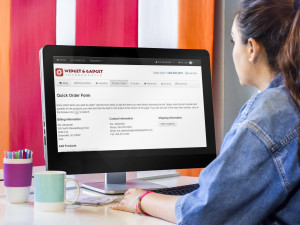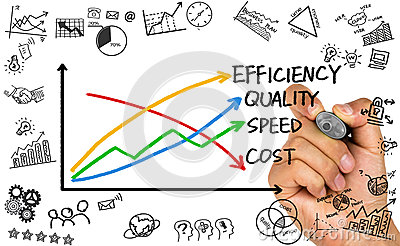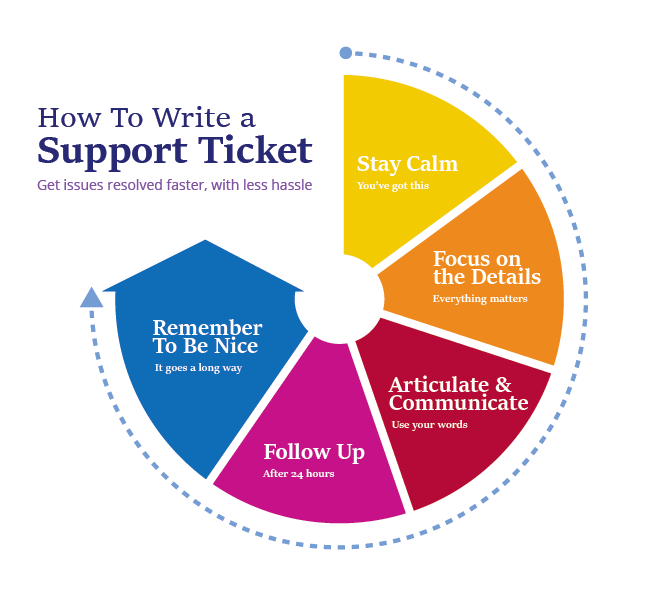7 Things Your B2B Customers Hate About Your Shopping Cart
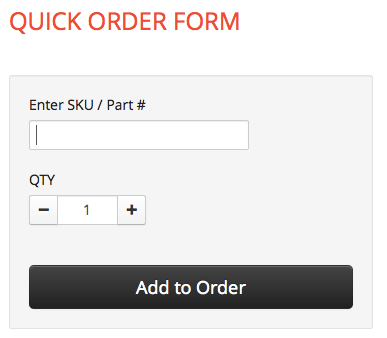
1. No Customer Specifics
2. Lack of Easy Ordering Tools
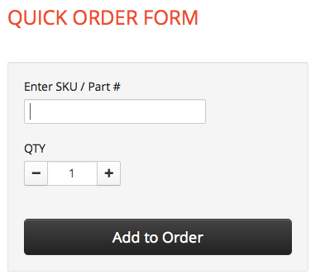 usiness customers frequently know the part number/SKU of the items they need to order, and they order the same thing over and over. Traditional shopping carts don’t offer a quick-order entry tool, and they usually don’t have a way to repeat orders either. This friction around placing orders is costing you sales.
usiness customers frequently know the part number/SKU of the items they need to order, and they order the same thing over and over. Traditional shopping carts don’t offer a quick-order entry tool, and they usually don’t have a way to repeat orders either. This friction around placing orders is costing you sales.
3. Ability To View and Pay Invoices
B2B customers need an easy way to view all their invoices and orders, regardless of whether the order originated from a fax order, phone order, or your website. Your website should also allow customers to pay open invoices, something that’s not likely to be offered on your traditional shopping cart website. Your website should be the
front office tied to your back office ERP system - allowing customers to self-service.
4. Limiting Logins to One Per Customer
Retail e-commerce shopping cart systems are typically designed with one user per account, meaning that your business customers have employees sharing login credentials for your website. This introduces security risks, as well as increasing the difficulty of tracking activities. An e-commerce platform designed for B2B businesses allows each user to have their own login under the customer’s umbrella account.
5. Handling Multiple Ship-to Addresses Per Customer
Your customers have complex operations, and many of them have multiple locations where they need product shipped. Can your retail shopping cart handle that? e-Commerce sites that are built for the complexities of B2B transactions can easily handle this, pulling the ship-to locations directly from the customer data in your ERP system.
6. No Ability to Handle Complex Custom Products
Do your product offerings include exploded parts diagrams or Bill of Materials-style ordering that creates custom items from groups of components? You won’t find that type of offering in a retail e-commerce shopping cart, but this type of solution is easily accomplished with a true B2B e-commerce platform.
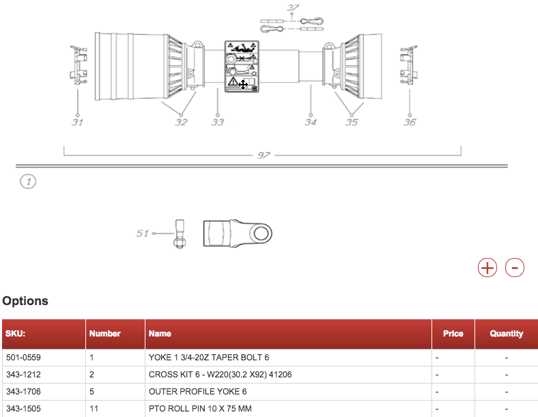
7. Orders Don’t Flow Into Your ERP System
Last, but certainly not least, your customers hate the disconnect between their experience on your website and their offline experience with your company. It means they have to call you for order inquiries or to make payments, and the rekeying of their order data increases the likelihood of mistakes with their orders. Your B2B customers want to conduct business with you on their time, on their terms, from any device.
For wholesale and manufacturing companies using Sage ERP and Microsoft Dynamics ERP systems to manage their business, Website Pipeline’s suite of cloud-based e-commerce solutions helps those companies get, keep and grow more customers. Fully integrated with Sage ERP and Microsoft Dynamics ERP platforms, Website Pipeline allows customers to do business with your company the way they want: anytime, anywhere, on any device.
Contact us today for a free demo and we will show you how we can help improve your business.


